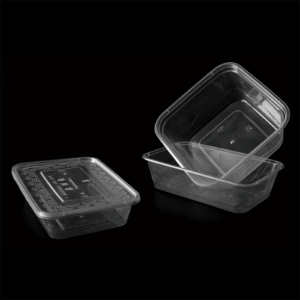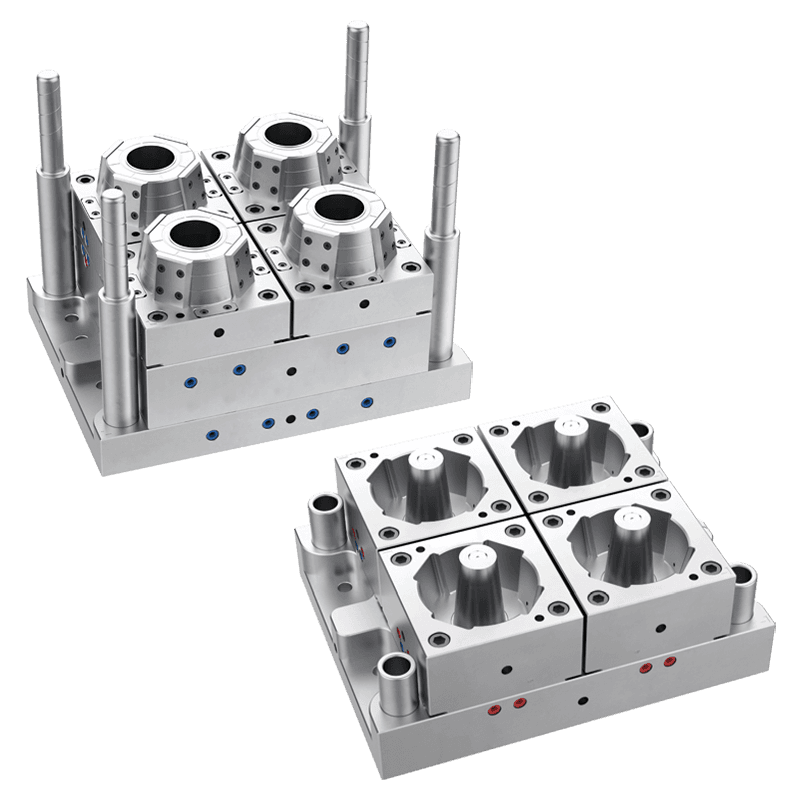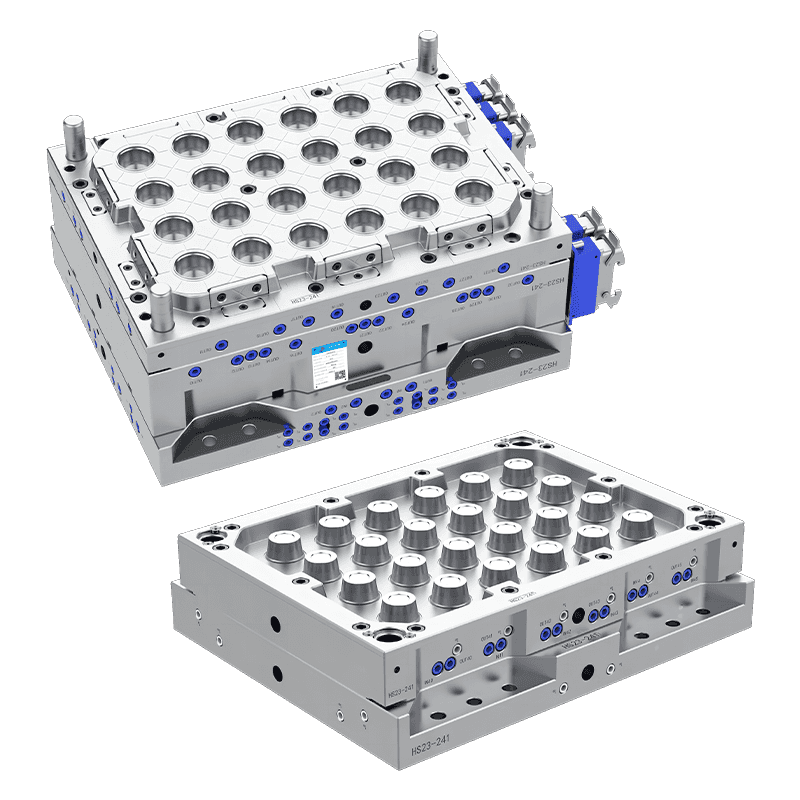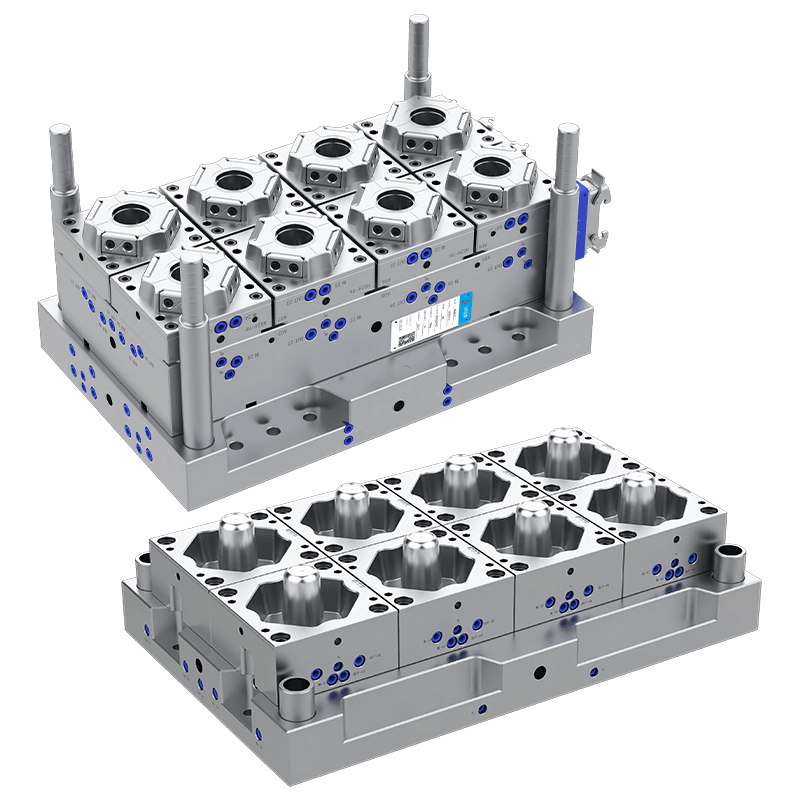Food Container Mold: Key Factors to Consider
Material Selection
The materials used to create food container molds are one of the primary factors that differentiate them. Food containers are made from a range of materials, such as polypropylene (PP), polyethylene (PE), polyethylene terephthalate (PET), and other specialized plastics. Each material has its own unique set of characteristics that influence the mold design and the finished product.

Polypropylene (PP): PP is widely used for food containers due to its resistance to heat and chemicals. PP molds are preferred for containers that need to withstand hot and cold food items and those requiring microwave compatibility. The flexibility of PP allows for varied designs, and it is a cost-effective material.
Polyethylene (PE): PE is another common material used in food containers. It is known for its durability and resistance to impact, making it ideal for containers that need to be tough and long-lasting. PE molds often produce more rigid containers, and the material's low cost makes it a popular choice in bulk production.
Polyethylene Terephthalate (PET): PET is preferred for its clarity and ability to hold liquid-based food products. Molds for PET containers are typically designed to create clear, lightweight packaging with a high degree of transparency, making it ideal for items like beverages, salads, and snacks.
Other Materials: For specialized food containers, manufacturers may also use other materials like PVC, ABS, or even biodegradable plastics, depending on the environmental goals or specific product requirements.
Each material requires different mold designs and manufacturing processes, influencing the overall functionality, production speed, and costs.
Design and Shape of Molds
Another significant factor that differentiates food container molds is the design and shape of the containers. Depending on the type of food being stored, the shape, size, and features of the mold may vary significantly.
Standard Shapes: The common food container shapes include square, rectangular, and round designs. These molds are relatively simple and can be used for a wide range of food products, such as takeout containers, snack boxes, and meal prep containers.
Custom Shapes: For more specialized applications, such as branding or specific food storage needs, custom-shaped molds may be used. Custom molds allow manufacturers to create unique containers that meet specific consumer or industry demands, such as stackable containers, portion-controlled packaging, or food trays with compartments.
Lid and Closure Designs: Some food container molds include a feature for lids, which may be snap-on, screw-on, or hinged. The design of the lid is crucial for ensuring that the container stays sealed and preserves the food's freshness. Molds for containers with lids require additional considerations for the alignment and sealing mechanism.
Ventilation and Drainage Features: Certain food containers, especially those used for fresh produce or seafood, require molds with integrated ventilation or drainage features. These molds ensure air circulation and moisture management, helping to extend the shelf life of perishable food items.
Stacking and Nesting Designs: Another important consideration for food container molds is their ability to stack or nest efficiently. For ease of storage and transport, some food containers are designed to be stackable or nest within each other. The mold design needs to accommodate this feature without compromising the integrity or strength of the containers.
Contact Us
Email: [email protected]; Or fill out the contact form below.

 English
English 中文简体
中文简体 русский
русский Español
Español Français
Français




